Key Takeaways
When selecting metals for rust-resistant sculptures, three primary factors determine suitability: welding compatibility, environmental resilience, and aesthetic longevity. Metals like stainless steel, aluminum, and Corten steel dominate outdoor art due to their innate corrosion resistance. For example, stainless steel’s chromium oxide layer prevents rust, while Corten develops a protective patina over time.
“The right metal choice isn’t just about durability—it’s about harmonizing structural needs with visual intent.” — Metal Sculptor and Engineer, Dr. Elena Torres
For large-scale works, square tubing offers rigidity and design flexibility, whereas plate steel provides mass for grounded installations. Consider these comparisons:
| Metal Type | Corrosion Resistance | Weldability | Cost (per lb) |
|---|---|---|---|
| Stainless Steel | High | Moderate | $4.50 |
| Aluminum | Moderate | High | $2.80 |
| Corten Steel | Very High | Low | $3.20 |
Tip: When designing silver-colored artworks, brushed stainless steel or powder-coated aluminum retains brightness in humid climates. For projects requiring intricate welding, aluminum’s malleability reduces fabrication time.
Structural integrity relies on preventing metal fatigue—a critical concern for outdoor sculptures. Regular inspections of joints and stress points, paired with protective coatings, extend lifespan. For whimsical designs like Cartoon sculpture, square tubing’s geometric precision ensures stability without compromising artistic detail.
Balancing cost and durability often means prioritizing high-traffic areas with premium metals while using budget-friendly alternatives for less exposed elements. This approach maintains both artistry and fiscal practicality.

Welding Techniques for Rust-Resistant Metal Art
Effective welding is critical for preserving the integrity and longevity of rust-resistant metal sculptures. When working with corrosion-resistant alloys like stainless steel or aluminum, heat management becomes paramount. Excessive heat during welding can compromise protective oxide layers, increasing vulnerability to environmental damage. For stainless steel, TIG (Tungsten Inert Gas) welding is often preferred for its precision and clean welds, minimizing heat-affected zones. Aluminum sculptures, meanwhile, may require specialized MIG (Metal Inert Gas) setups with pulsed arcs to prevent warping.
Joint preparation is equally vital. Surfaces must be thoroughly cleaned to remove contaminants that could weaken bonds or accelerate corrosion. For large-scale works using square tubing or plate steel, staggered welding patterns help distribute stress evenly, reducing the risk of metal fatigue over time. Post-weld treatments, such as passivation for stainless steel or anodizing for aluminum, further enhance corrosion resistance while maintaining the metallic sheen crucial for Realistic sculpture projects.
Artists balancing structural demands with aesthetic goals often prioritize techniques that leave minimal visual disruptions. Back-purging—flooding the reverse side of welds with inert gas—prevents oxidation discoloration on visible surfaces. This attention to detail ensures both durability and the seamless silver-toned finishes required for outdoor installations.
Comparing Corrosion Resistance in Sculpture Metals
Selecting metals for outdoor sculptures requires balancing artistic vision with scientific understanding of material behavior. Stainless steel remains a top choice due to its chromium content, which forms a self-repairing oxide layer when exposed to oxygen. Grades like 316L offer enhanced resistance in coastal environments, where salt accelerates oxidation. Aluminum alloys, while lighter, rely on natural passivation but may require powder coating for prolonged protection in acidic rainfall zones.
Corten steel presents a unique case—its intentional surface rusting creates a stabilized patina barrier, though this aesthetic isn’t universally suitable for silver-toned works. Galvanized steels provide cost-effective solutions through zinc coatings, but welded joints often become vulnerability points as protective layers burn off during fabrication. For projects prioritizing zero oxidation, Fiberglass sculpture alternatives bypass metal limitations entirely, though they lack metallic authenticity.
Accelerated weathering tests reveal critical differences: after 5-year simulated exposure, 304 stainless showed <0.002mm/year corrosion rates compared to carbon steel’s 0.1mm/year degradation. These metrics guide artists in matching materials to installation environments—urban settings with pollution-induced acid rain demand different specifications than arid climates with UV-dominated wear patterns. Proper metal selection during planning stages prevents irreversible surface compromises while maintaining structural stability across decades.
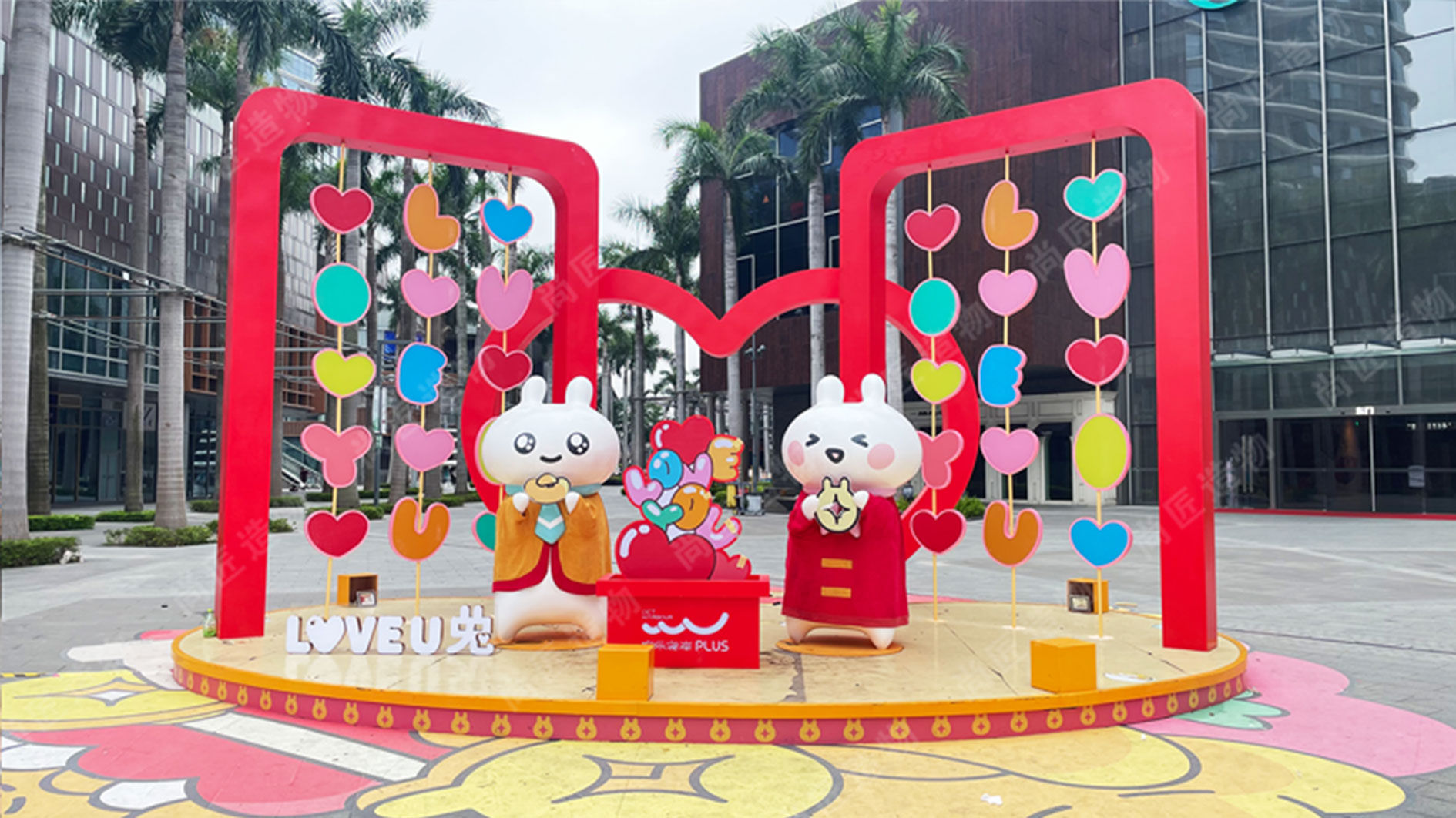
Structural Integrity of Large-Scale Metal Sculptures
The structural integrity of large-scale metal sculptures depends on balancing artistic vision with engineering principles. Materials like stainless steel (grade 316) and aluminum alloys are favored for their rust-resistant properties, but their load-bearing capacity and resistance to wind shear or seismic forces require precise calculations. For example, sculptures using square tubing often incorporate cross-bracing patterns to distribute weight evenly, while plate steel designs may use tapered thicknesses to reduce stress points.
Environmental factors further complicate stability—coastal installations face salt spray, while urban settings expose metals to acidic pollutants. Advanced welding techniques, such as TIG welding for aluminum or back-purged joints for stainless steel, ensure seamless connections that resist cracking under thermal expansion. Case studies of public installations, including IP character sculpture projects, demonstrate how hidden reinforcement frameworks within hollow sections can maintain sleek aesthetics without compromising durability. Engineers often collaborate with artists to embed structural supports into organic shapes, ensuring sculptures withstand decades of exposure while retaining their visual impact.
Best Metals for Silver-Colored Outdoor Artworks
When selecting metals for silver-toned outdoor sculptures, artists prioritize materials that maintain their visual appeal while resisting environmental corrosion. Stainless steel stands out as a top choice, particularly grade 316, which contains molybdenum for enhanced resistance to saltwater and industrial pollutants. Its polished or brushed finishes provide a lasting metallic sheen, making it ideal for Stainless steel sculpture installations in coastal areas. Aluminum alloys, though lighter, offer natural oxidation resistance and can be anodized to achieve silver-gray hues without compromising structural stability. For larger installations requiring welded components, weathering steel (Corten) develops a protective patina over time, though its reddish-brown tones may require surface treatments to maintain a silver appearance.
Galvanized carbon steel provides a cost-effective alternative, with zinc coatings shielding the base metal from moisture. However, its matte-gray finish often requires clear powder coatings to mimic metallic luster. Titanium, though less common due to higher costs, delivers unparalleled corrosion resistance and a distinctive silver-gray tone suitable for permanent installations. Fabricators working with square tubing or plate steel often combine these metals, using stainless steel for critical joints and aluminum for lightweight decorative elements. The choice ultimately balances aesthetic goals with site-specific environmental challenges, ensuring the artwork retains its visual impact without excessive maintenance.
Durability vs Cost in Rust-Proof Sculpture Materials
Selecting materials for outdoor sculptures requires balancing long-term resilience with budget constraints. Stainless steel alloys, particularly grades 316 and 304, offer exceptional corrosion resistance due to chromium content, but their premium pricing (https://en.artmovr.com/) designs requiring organic weathering effects.
Galvanized steel remains popular for budget-conscious projects, with zinc coatings providing 15-30 years of protection in moderate climates. However, coastal environments may accelerate corrosion, potentially doubling maintenance costs over two decades. Recent studies show powder-coated aluminum alloys reduce lifetime expenses by 18% compared to painted steel equivalents when factoring in recoating cycles. Architects often layer materials strategically—using stainless steel for load-bearing joints and weathering steel for decorative panels—to optimize both durability and cost efficiency across a sculpture’s lifespan.
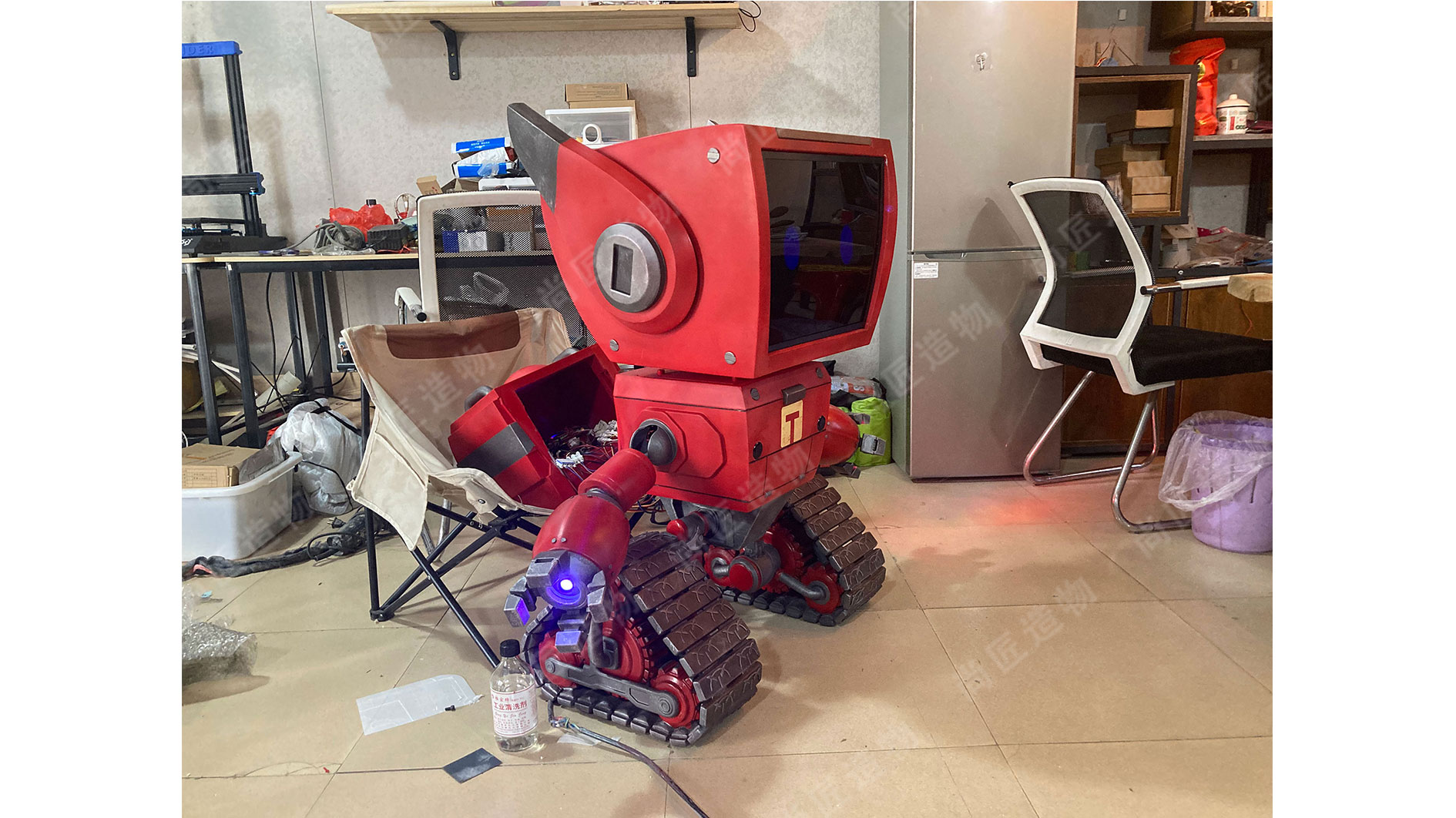
Maintaining Aesthetic Appeal in Corrosive Environments
Preserving the visual integrity of metal sculptures in harsh outdoor settings requires strategic material choices and proactive maintenance. While rust-resistant metals like stainless steel, aluminum alloys, and weathering steel inherently resist corrosion, environmental factors such as saltwater spray, acid rain, or industrial pollutants can still compromise surface finishes over time. For silver-colored artworks, electropolishing or clear powder coatings help retain reflective qualities while acting as a barrier against oxidation. Artists often layer protective sealants compatible with the metal’s properties—for example, UV-resistant epoxy coatings for coastal installations or wax-based treatments for textured surfaces.
Regular cleaning routines using pH-neutral solutions prevent debris buildup that traps moisture, a key contributor to surface degradation. In high-humidity regions, designs incorporating drainage channels or elevated bases minimize prolonged water contact. For sculptures with intricate details, microcrystalline wax applications fill microscopic pores, reducing vulnerability to pitting. Balancing aesthetics with durability also involves selecting patinas that age gracefully; controlled oxidation on copper alloys, for instance, can create stable turquoise verdigris without structural harm. By integrating these methods, artists ensure their creations withstand environmental challenges while maintaining their intended visual impact for decades.
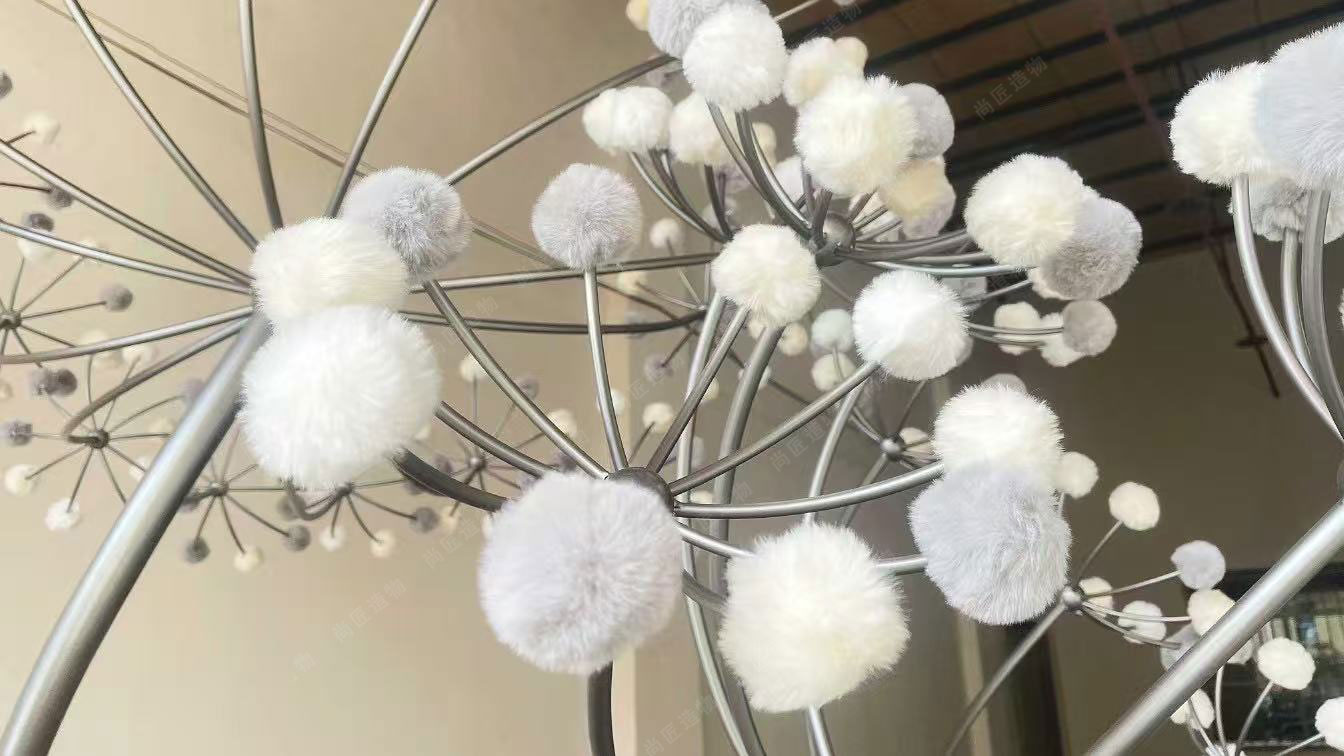
Plate Steel vs Square Tubing for Artistic Structures
When selecting materials for rust-resistant sculptures, plate steel and square tubing each offer distinct advantages. Plate steel, with its flat, solid surface, provides stability for large-scale artworks, particularly when creating broad, textured elements like sweeping curves or abstract forms. Its thickness allows for deep welding seams, which can enhance structural integrity in heavy sculptures exposed to wind or seismic forces. However, its weight demands careful engineering for installations requiring mobility or elevated placements.
Square tubing, by contrast, introduces flexibility through its hollow, geometric profile. Artists often favor it for frameworks requiring precise angles or interlocking components, as its uniform edges simplify alignment during assembly. The tubing’s lighter weight reduces foundation costs for freestanding pieces, though its thinner walls may require additional anti-corrosion treatments in coastal or high-humidity environments. Both materials pair well with galvanized coatings or stainless steel alloys to prevent rust, but plate steel’s denser composition typically offers longer-term resistance to pitting and surface degradation.
Transitioning between these materials often depends on balancing aesthetic goals with practical constraints. For example, a sculptor might combine plate steel’s bold visual presence with square tubing’s modularity to achieve dynamic, multi-part installations. This interplay underscores the importance of material selection in translating artistic vision into enduring outdoor works.
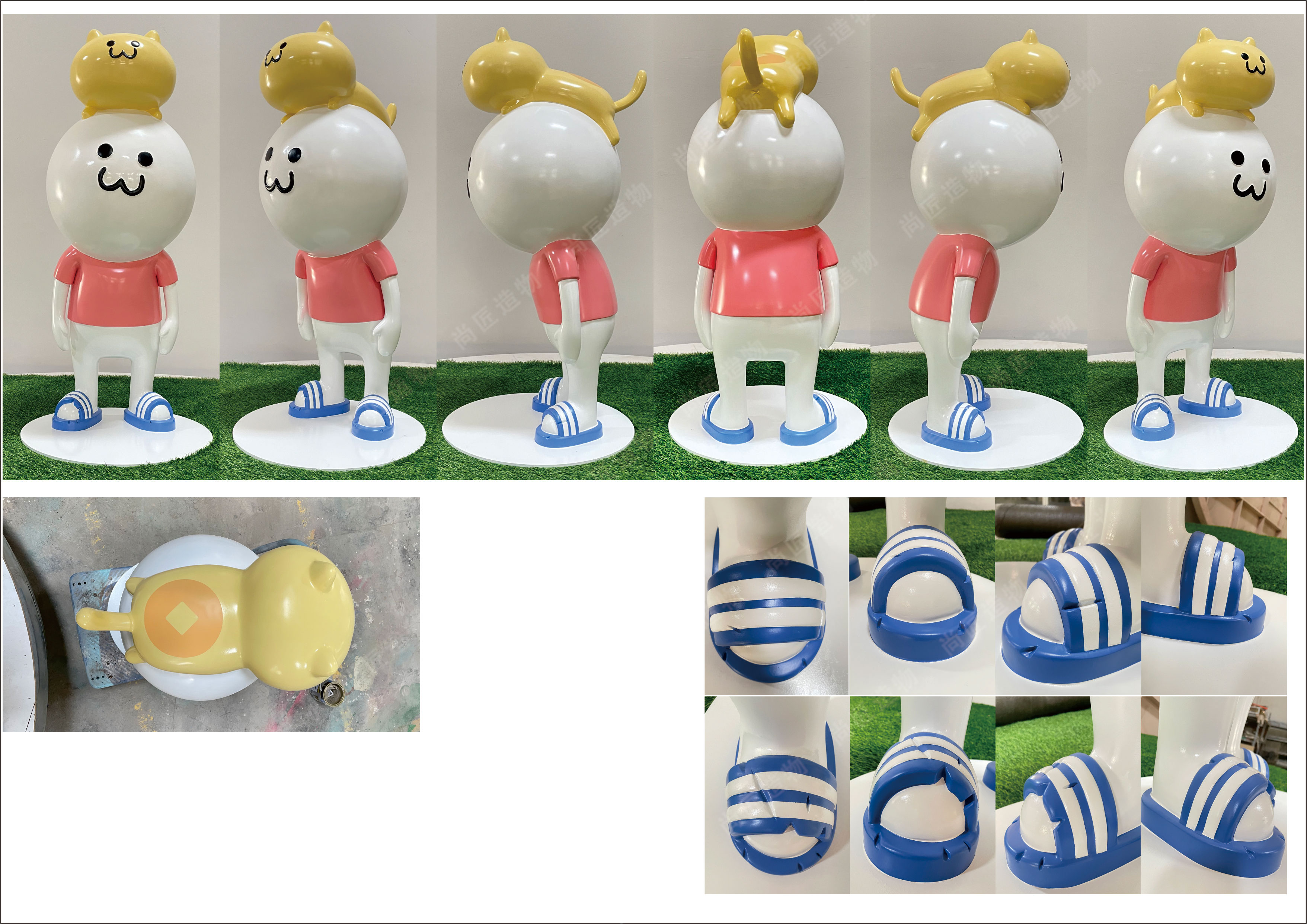
Preventing Metal Fatigue in Outdoor Sculptures
Metal fatigue, caused by repeated stress from environmental forces like wind or temperature shifts, poses a significant threat to outdoor sculptures. Over time, microscopic cracks can form in vulnerable areas, compromising structural stability. To address this, artists and engineers prioritize material selection—metals like stainless steel, aluminum alloys, and weathering steel offer inherent resistance to cyclic stress. Design choices also play a role: smooth curves and gradual transitions between sections reduce localized stress points, while strategic reinforcement at joints (common in square tubing frameworks) distributes weight more evenly.
For large-scale works, engineers often apply principles from architectural design, such as cross-bracing or hollow structural sections, to balance rigidity and flexibility. Regular inspections are critical, particularly for sculptures in high-wind zones, to identify early signs of warping or fissures. Combining these strategies with corrosion-resistant coatings—discussed in earlier sections—ensures both durability and aesthetic longevity. By integrating material science with thoughtful design, creators can mitigate metal fatigue while maintaining the artistic vision of silver-toned outdoor installations.
Conclusion
Selecting appropriate metals for rust-resistant sculptures demands a balance between scientific understanding and artistic vision. As explored throughout this analysis, factors like welding compatibility, environmental resilience, and structural demands directly influence a sculpture’s lifespan and visual impact. Metals such as stainless steel, aluminum alloys, and corten steel offer distinct advantages—whether prioritizing corrosion resistance in coastal settings or achieving sleek silver finishes for public installations. While plate steel provides robustness for bold geometric forms, square tubing allows for intricate frameworks without compromising stability. Maintenance practices, including protective coatings and routine inspections, further extend the longevity of outdoor artworks. Ultimately, the choice of material hinges on harmonizing practical requirements—such as budget and climate conditions—with the artist’s creative intent, ensuring that sculptures endure as both functional structures and enduring cultural expressions.
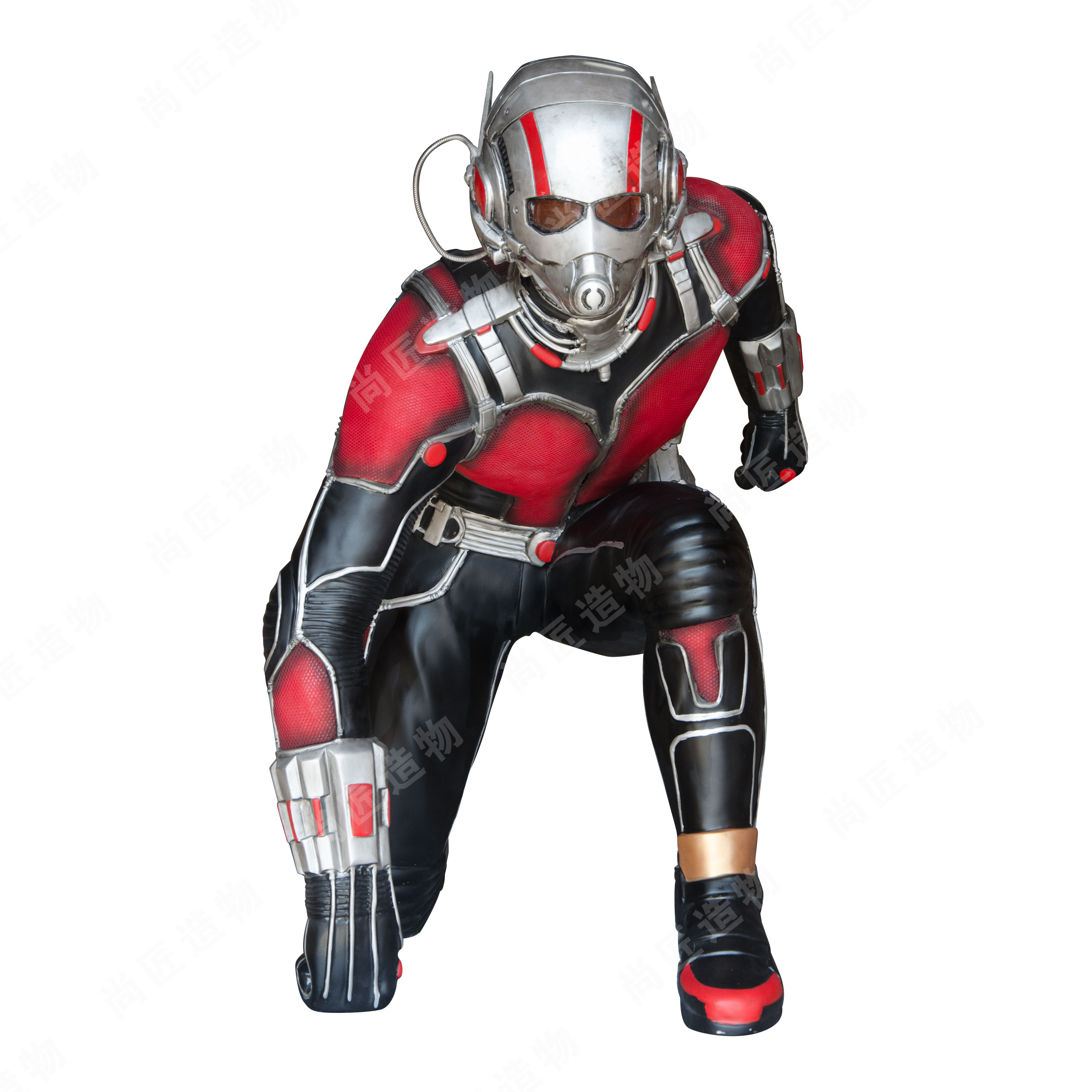
Frequently Asked Questions
What metals are naturally rust-resistant for outdoor sculptures?
Stainless steel (grade 316), aluminum, and Corten steel are inherently corrosion-resistant due to their chromium or alloy compositions. These metals form protective oxide layers that slow environmental degradation.
How does square tubing compare to plate steel for structural durability?
Square tubing offers uniform weight distribution and higher torsional strength, ideal for geometric designs. Plate steel provides greater load-bearing capacity for massive installations but requires more robust welding techniques to prevent stress points.
Can silver-colored sculptures stay rust-free without constant maintenance?
Anodized aluminum or powder-coated stainless steel retains silver aesthetics while resisting corrosion. Regular cleaning (every 6–12 months) with pH-neutral solutions prevents dirt buildup that could compromise protective coatings.
What welding methods ensure longevity in large-scale metal sculptures?
TIG welding creates precise, contamination-free joints for nonporous metals like stainless steel. MIG welding suits thicker materials like Corten steel, provided post-weld grinding and sealing are performed to eliminate moisture traps.
Is cost a reliable indicator of rust resistance in sculpture metals?
Not necessarily. While marine-grade stainless steel is costly, aluminized steel offers mid-range pricing with comparable durability. Budget-conscious artists often use galvanized carbon steel, though its zinc coating degrades faster in coastal climates.
How do temperature fluctuations affect metal fatigue in outdoor installations?
Thermal expansion stresses welded joints over time, particularly in mixed-material assemblies. Engineers recommend expansion joints or flexible couplings in designs exceeding 20 feet to accommodate seasonal temperature shifts.
 ch
ch English
English





